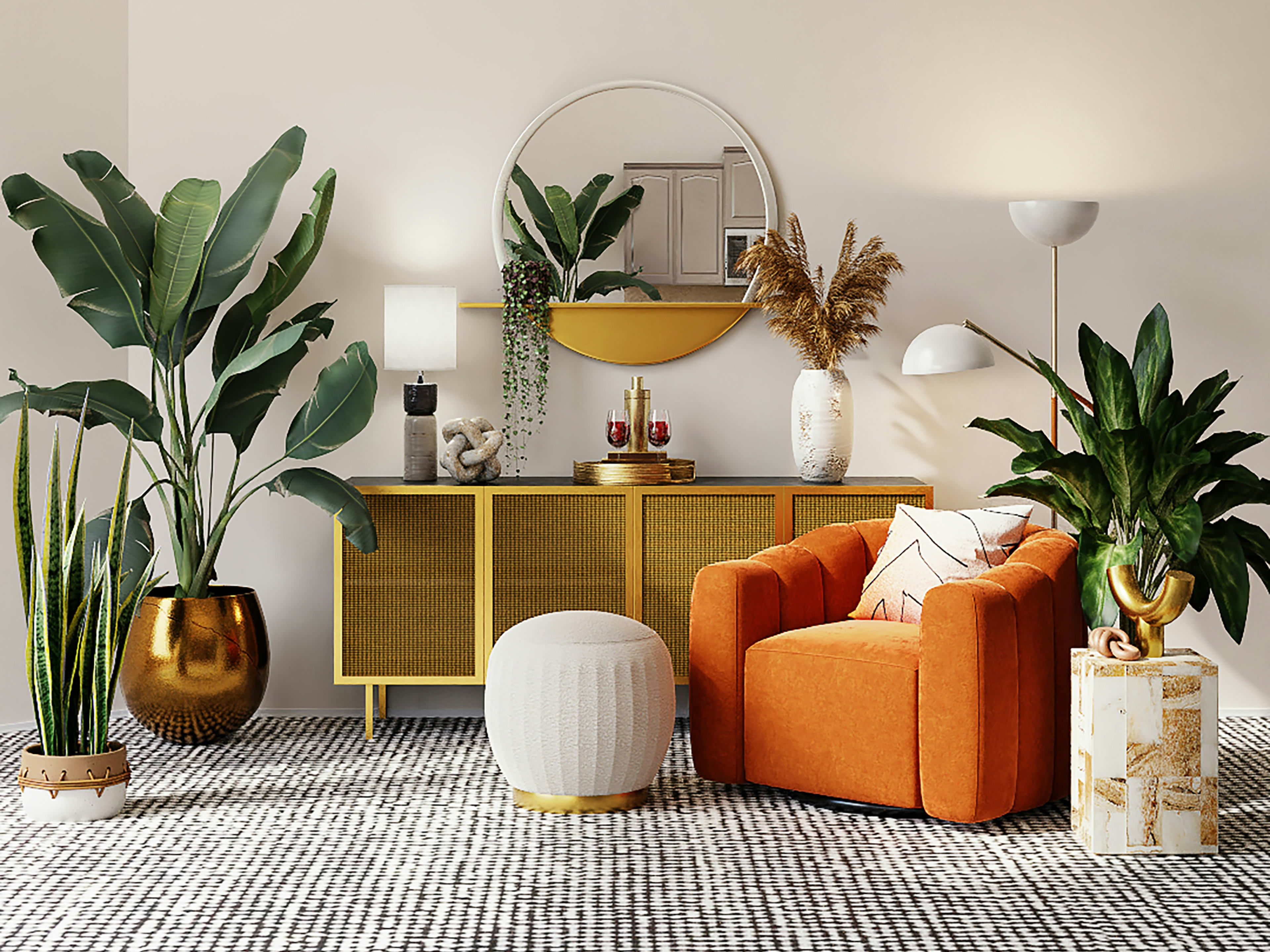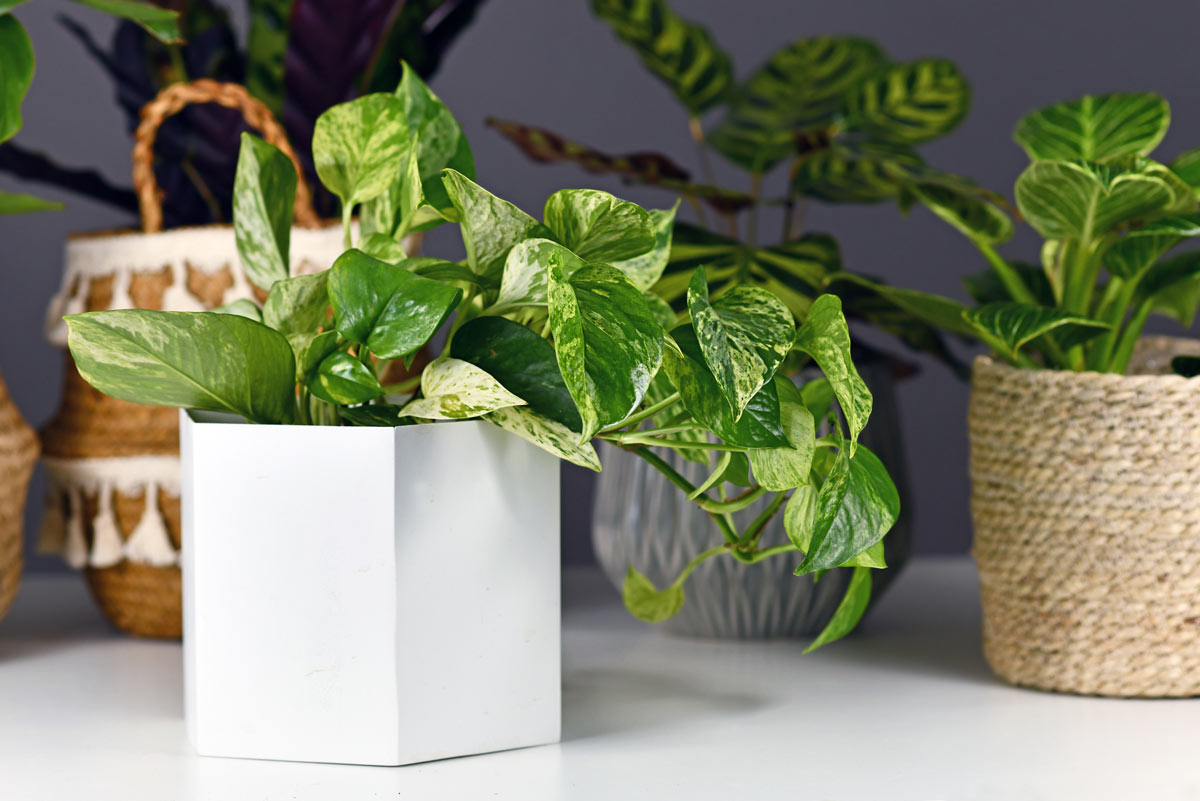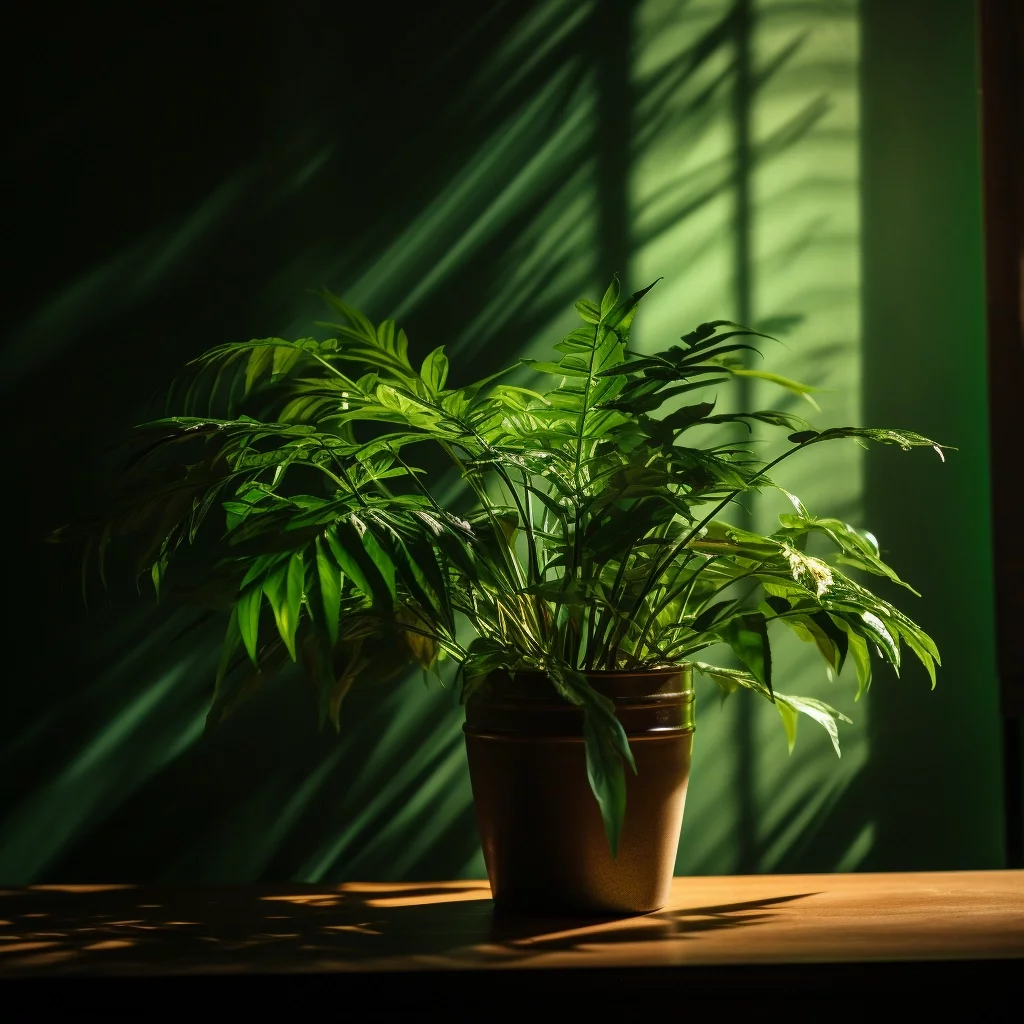Best Low-Light Indoor Plants That Add Greenery to Any Space with Little Light
Best Low-Light Indoor Plants That Add Greenery to Any Space with Little Light
Blog Article
Transform Your Home With Beautiful Low-Light Indoor Plants and Their Advantages
Including low-light indoor plants right into your home can considerably boost both the environmental and visual high quality of your living spaces. These plants, which flourish in dark conditions, serve not only as attractive elements however additionally as all-natural air cleansers, making them optimal for city dwellers or those with restricted sunshine direct exposure. As we explore the different sorts of low-light plants and their advantages, you may find surprising methods to incorporate them into your home that can transform your surroundings in methods you could not have prepared for.
Advantages of Low-Light Plants
Low-light plants provide many advantages for indoor settings, making them an excellent choice for both newbie and seasoned garden enthusiasts. One of the main advantages is their flexibility to low-light problems, permitting individuals to enhance their living spaces without the requirement for substantial sunshine direct exposure. This particular makes them excellent for apartment or condos, workplaces, and various other locations with minimal all-natural light.

Furthermore, integrating low-light plants into home décor can raise the aesthetic charm of an area. Their rich foliage and varied appearances create a relaxing ambience, adding to total health. Last but not least, the existence of greenery has actually been linked to reduced stress and anxiety degrees and boosted performance, making low-light plants a functional option for enhancing both physical and mental wellness in indoor settings.
Top Low-Light Indoor Plants
While lots of indoor plants grow in intense light, a number of species are specifically appropriate for low-light problems, making them suitable for various interior spaces. One preferred choice is the Serpent Plant (Sansevieria), known for its striking upright fallen leaves and resilience, calling for very little treatment. One more superb choice is the Pothos (Epipremnum aureum), which includes heart-shaped leaves and can track wonderfully from wall mounts or shelves, prospering in reduced light and adding a lush touch.
The ZZ Plant (Zamioculcas zamiifolia) is commemorated for its shiny leaves and capability to hold up against forget, making it excellent for busy lifestyles. Similarly, the Tranquility Lily (Spathiphyllum) not just tolerates low light however also creates stunning white blooms, improving any kind of room's aesthetic.
For an unique touch, think about the Cast Iron Plant (Aspidistra elatior), which undoubtedly meets its name, thriving in the darkest corners of your home. Finally, the Chinese Evergreen (Aglaonema) uses a selection of fallen leave patterns and shades while being exceptionally forgiving in low-light conditions. These plants not just beautify indoor atmospheres however likewise add to air filtration, enhancing your home.
Treatment Tips for Low-Light Plants

Sprinkling methods are critical; these plants usually prefer slightly completely dry conditions. Overwatering can bring about root rot, so ensure that the leading inch of dirt is completely dry prior to watering once more. Use pots with water drainage openings to enable excess wetness to leave.
Humidity is another crucial element. Many low-light plants, such as brushes and peace lilies, take advantage of greater humidity degrees. To raise humidity, take into consideration misting the fallen leaves or positioning a tray of water near the plants.
Fertilizing should be approached with care. Throughout the growing season, original site use a watered down, balanced liquid fertilizer monthly to support growth, but avoid fertilizing throughout the inactive wintertime months.

Imaginative Ways to Display Plants
Indoor plants can act as captivating centerpieces in any type of area, enhancing both aesthetic allure and ambiance. Creative screens can boost the aesthetic impact of low-light plants, making them an essential component of your home style. One reliable method is to utilize tiered plant stands, which enable you to display numerous plants at differing elevations while taking full advantage of flooring area.
Hanging planters are an additional innovative option, creating a sense of depth and attracting the eye up. Consider macramé hangers or wall-mounted shelves to introduce a distinct structure and design.
For a much more structured technique, usage geometric terrariums or glass containers to house your plants, including a modern-day touch to your interior yard. You can additionally repurpose classic products, such as teacups or wood dog crates, for an eclectic screen that shows your character.
Enhancing Home Atmosphere With Plants
Integrating low-light plants into your home not just boosts aesthetic charm yet additionally adds substantially to the general atmosphere. These plants function as natural decor components, presenting a sense of harmony that can change any kind of area. The existence of greenery cultivates a relaxing environment, which is especially useful in high-stress environments such as office or living rooms.
Low-light plants, such as snake plants, pothos, and ZZ plants, are not only cosmetically pleasing however also improve interior air high quality by filtering toxins. This double function boosts the atmosphere further, developing a healthier living area (Best low-light indoor plants). The tactical positioning of these plants can also influence the perception of area; as an example, tall plants can draw the eye upward, making ceilings show up higher and areas a lot more roomy
Moreover, varying appearances and colors of vegetation add deepness to interior layout, permitting imaginative expression in home styling. Whether placed on racks, in corners, or as focal points, low-light plants can elevate the mood of any kind of area. In recap, incorporating these plants right into your home is an effective means look these up to foster a cozy, welcoming environment while profiting of enhanced air quality and aesthetic convenience.
Final Thought
Including low-light indoor plants into home settings offers many advantages, including boosted aesthetic charm and boosted air quality. These resilient plants, such as the Serpent Plant and Tranquility Lily, require minimal Visit This Link light and maintenance, making them ideal for varied lifestyles. Their capability to filter toxins adds to a healthier space, while their different appearances and colors enhance indoor decoration (Best low-light indoor plants). Eventually, the addition of low-light plants cultivates a calm and inviting setting, changing any kind of home into a peaceful sanctuary.
While many indoor plants thrive in bright light, several species are particularly well-suited for low-light problems, making them ideal for various indoor spaces. One reliable approach is to make use of tiered plant stands, which enable you to showcase multiple plants at varying elevations while optimizing flooring area.
Low-light plants, such as serpent plants, pothos, and ZZ plants, are not only visually pleasing however likewise enhance interior air quality by filtering system contaminants. Best low-light indoor plants. The calculated placement of these plants can also affect the assumption of area; for instance, high plants can attract the eye up, making ceilings appear greater and spaces much more spacious
These resistant plants, such as the Serpent Plant and Peace Lily, call for marginal light and maintenance, making them ideal for diverse lifestyles.
Report this page